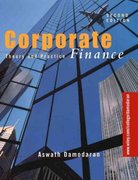Using the 10k information for McKesson below, please answer section 2 and 3 .
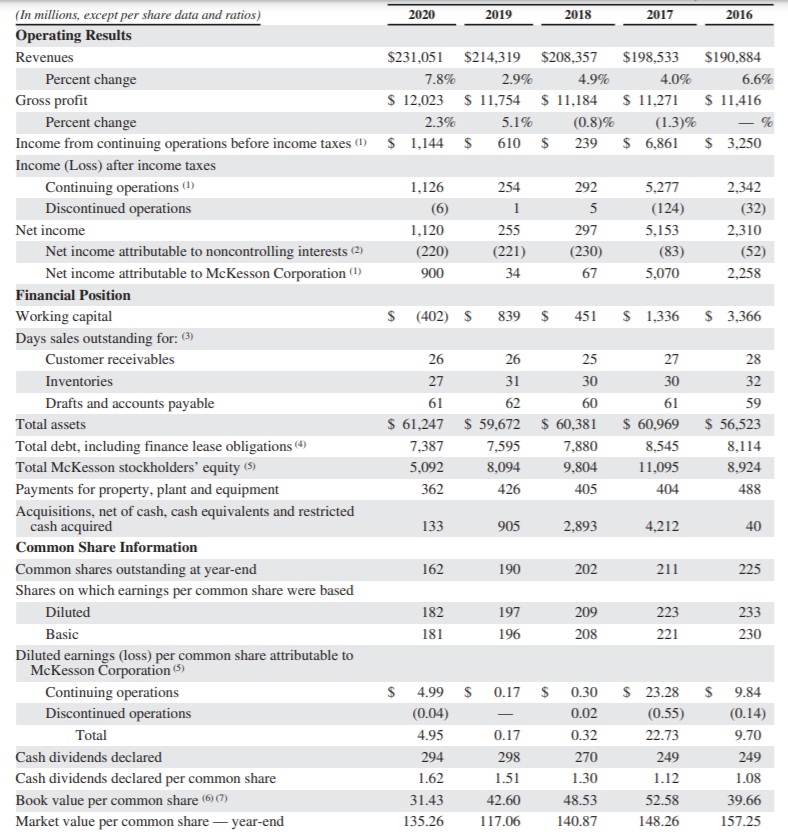
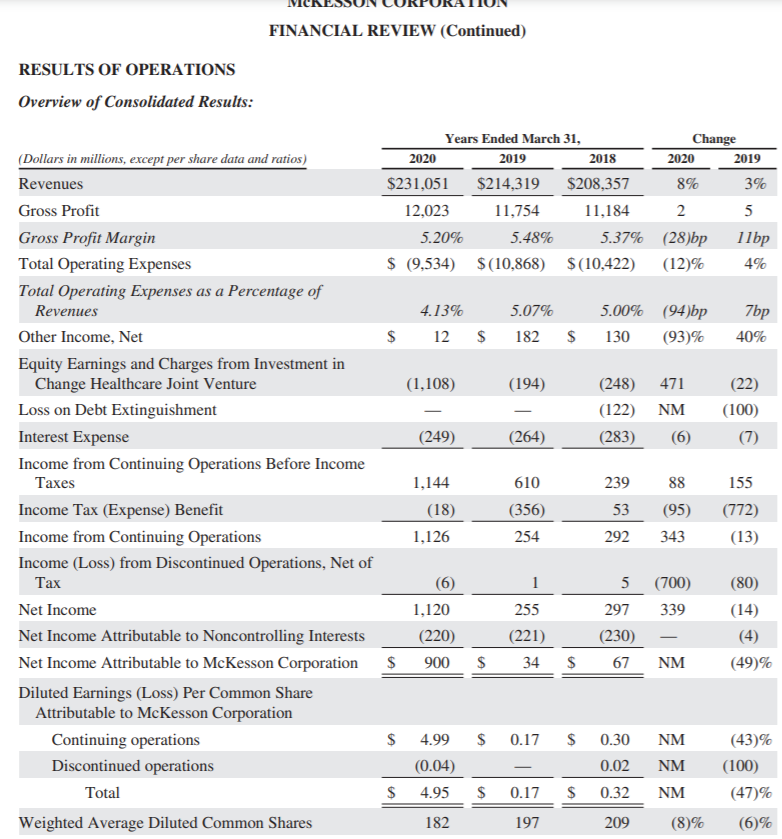
(These are the questions that I need help with, Just section 2 & 3 please.)
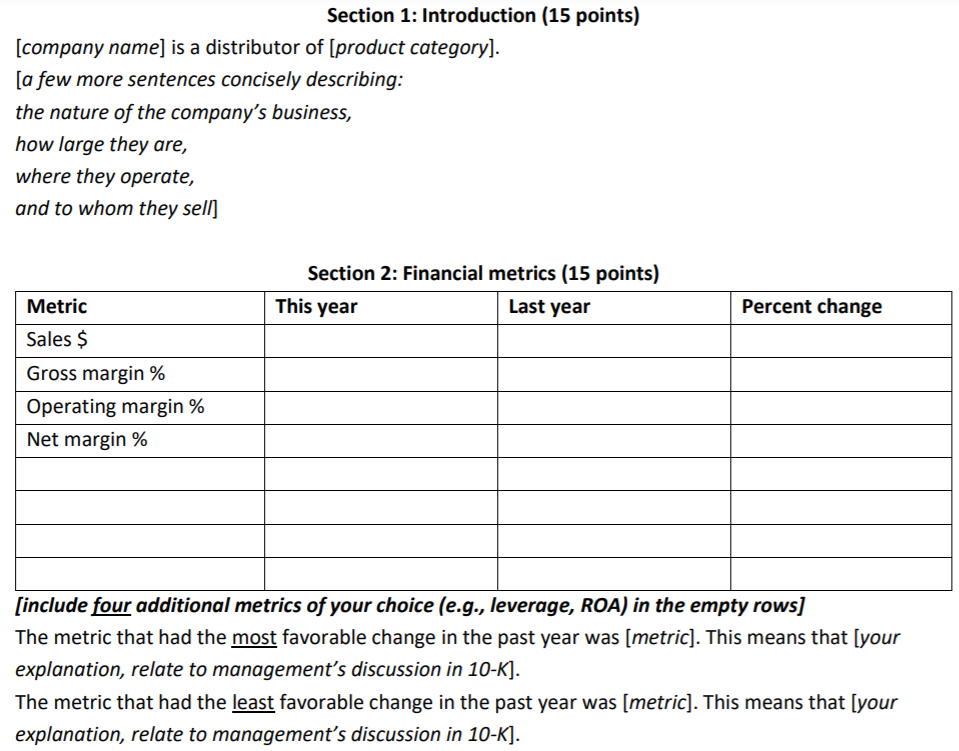
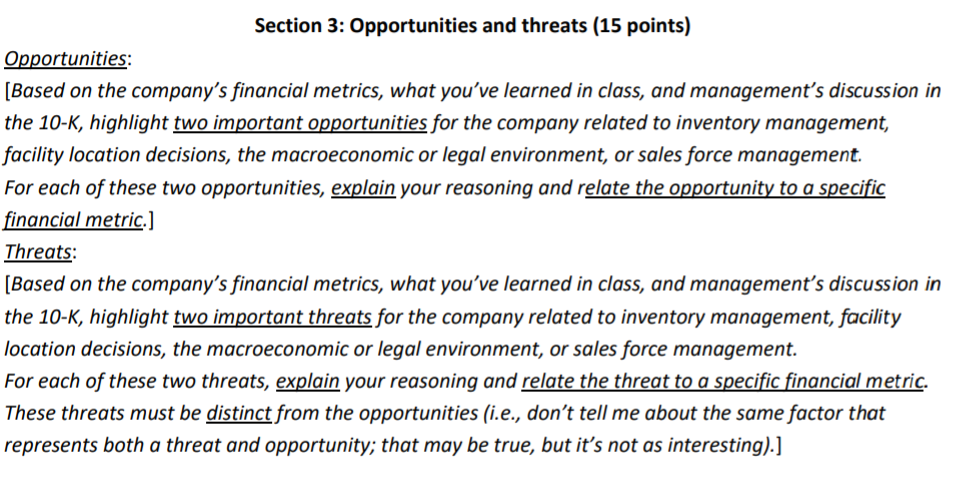
2020 2019 2018 2017 2016 $231,051 $214,319 $208,357 $198,533 7.8% 2.9% 4.9% 4.0% $ 12,023 $ 11,754 $ 11,184 $ 11,271 2.3% 5.1% (0.8)% (1.3)% $ 1,144 $ 610 $ 239 $ 6,861 $190,884 6.6% $ 11,416 $ 3,250 1,126 (6) 1,120 (220) 900 254 1 255 (221) 34 292 5 297 5,277 (124) 5,153 (83) 5,070 2,342 (32) 2,310 (52) 2,258 (230) 67 $ (402) $ 839 $ 451 $ 1,336 $ 3,366 26 26 27 60 (In millions, except per share data and ratios) Operating Results Revenues Percent change Gross profit Percent change Income from continuing operations before income taxes (1) Income (Loss) after income taxes Continuing operations (1) Discontinued operations Net income Net income attributable to noncontrolling interests (2) Net income attributable to McKesson Corporation) Financial Position Working capital Days sales outstanding for: (3) Customer receivables Inventories Drafts and accounts payable Total assets Total debt, including finance lease obligations (4) Total McKesson stockholders' equity (5) Payments for property, plant and equipment Acquisitions, net of cash, cash equivalents and restricted cash acquired Common Share Information Common shares outstanding at year-end Shares on which earnings per common share were based Diluted Basic Diluted earnings (loss) per common share attributable to McKesson Corporation (5) Continuing operations Discontinued operations Total Cash dividends declared Cash dividends declared per common share Book value per common share (6 (7) Market value per common share-year-end 25 27 31 30 61 62 $ 61,247 $ 59,672 $ 60,381 7,387 7,595 7,880 5,092 8,094 9,804 362 426 405 30 61 $ 60,969 8,545 11,095 404 28 32 59 $ 56,523 8,114 8,924 488 133 905 2,893 4,212 40 162 190 202 211 225 182 197 209 208 223 221 233 230 181 196 $ $ 4.99 $ 0.17 $ 0.30 (0.04) 0.02 4.95 0.17 0.32 294 298 270 1.62 1.51 1.30 31.43 42.60 48.53 135.26 117.06 140.87 $ 23.28 (0.55) 22.73 249 1.12 52.58 148.26 9.84 (0.14) 9.70 249 1.08 39.66 157.25 FINANCIAL REVIEW (Continued) RESULTS OF OPERATIONS Overview of Consolidated Results: Years Ended March 31, Change 2020 2019 2018 2020 2019 $231,051 $214,319 $208,357 8% 3% 12,023 11,754 11,184 2 5 5.20% 5.48% 5.37% (28)bp 11bp $ (9,534) $(10,868) $(10,422) (12)% 4% 4.13% 12 $ 5.07% 182 5.00% (94)bp 130 (93)% 7bp 40% $ $ (1,108) (194) (248) (122) (283) 471 NM (6) (22) (100) (7) (249) (264) 610 88 155 (Dollars in millions, except per share data and ratios) Revenues Gross Profit Gross Profit Margin Total Operating Expenses Total Operating Expenses as a Percentage of Revenues Other Income, Net Equity Earnings and Charges from Investment in Change Healthcare Joint Venture Loss on Debt Extinguishment Interest Expense Income from Continuing Operations Before Income Taxes Income Tax (Expense) Benefit Income from Continuing Operations Income (Loss) from Discontinued Operations, Net of Net Income Net Income Attributable to Noncontrolling Interests Net Income Attributable to McKesson Corporation Diluted Earnings (Loss) Per Common Share Attributable to McKesson Corporation Continuing operations Discontinued operations Total Weighted Average Diluted Common Shares 1,144 (18) 1,126 (356) 254 239 53 292 (95) 343 (772) (13) 6) 1 5 (80) (700) 339 297 1,120 (220) 900 255 (221) (230) 67 (14) (4) (49)% $ $ 34 $ NM $ $ 0.17 $ 4.99 (0.04) 0.30 0.02 0.32 NM NM NM (43)% (100) (47)% (6)% $ 4.95 $ 0.17 $ 182 197 209 (8)% Section 1: Introduction (15 points) [company name) is a distributor of [product category]. [a few more sentences concisely describing: the nature of the company's business, how large they are, where they operate, and to whom they sell] Section 2: Financial metrics (15 points) Last year This year Percent change Metric Sales $ Gross margin % Operating margin % Net margin % [include four additional metrics of your choice (e.g., leverage, ROA) in the empty rows] The metric that had the most favorable change in the past year was (metric). This means that (your explanation, relate to management's discussion in 10-K]. The metric that had the least favorable change in the past year was (metric]. This means that [your explanation, relate to management's discussion in 10-K]. Section 3: Opportunities and threats (15 points) Opportunities: [Based on the company's financial metrics, what you've learned in class, and management's discussion in the 10-K, highlight two important opportunities for the company related to inventory management, facility location decisions, the macroeconomic or legal environment, or sales force management. For each of these two opportunities, explain your reasoning and relate the opportunity to a specific financial metric.] Threats: (Based on the company's financial metrics, what you've learned in class, and management's discussion in the 10-K, highlight two important threats for the company related to inventory management, facility location decisions, the macroeconomic or legal environment, or sales force management. For each of these two threats, explain your reasoning and relate the threat to a specific financial metric. These threats must be distinct from the opportunities (i.e., don't tell me about the same factor that represents both a threat and opportunity; that may be true, but it's not as interesting).] 2020 2019 2018 2017 2016 $231,051 $214,319 $208,357 $198,533 7.8% 2.9% 4.9% 4.0% $ 12,023 $ 11,754 $ 11,184 $ 11,271 2.3% 5.1% (0.8)% (1.3)% $ 1,144 $ 610 $ 239 $ 6,861 $190,884 6.6% $ 11,416 $ 3,250 1,126 (6) 1,120 (220) 900 254 1 255 (221) 34 292 5 297 5,277 (124) 5,153 (83) 5,070 2,342 (32) 2,310 (52) 2,258 (230) 67 $ (402) $ 839 $ 451 $ 1,336 $ 3,366 26 26 27 60 (In millions, except per share data and ratios) Operating Results Revenues Percent change Gross profit Percent change Income from continuing operations before income taxes (1) Income (Loss) after income taxes Continuing operations (1) Discontinued operations Net income Net income attributable to noncontrolling interests (2) Net income attributable to McKesson Corporation) Financial Position Working capital Days sales outstanding for: (3) Customer receivables Inventories Drafts and accounts payable Total assets Total debt, including finance lease obligations (4) Total McKesson stockholders' equity (5) Payments for property, plant and equipment Acquisitions, net of cash, cash equivalents and restricted cash acquired Common Share Information Common shares outstanding at year-end Shares on which earnings per common share were based Diluted Basic Diluted earnings (loss) per common share attributable to McKesson Corporation (5) Continuing operations Discontinued operations Total Cash dividends declared Cash dividends declared per common share Book value per common share (6 (7) Market value per common share-year-end 25 27 31 30 61 62 $ 61,247 $ 59,672 $ 60,381 7,387 7,595 7,880 5,092 8,094 9,804 362 426 405 30 61 $ 60,969 8,545 11,095 404 28 32 59 $ 56,523 8,114 8,924 488 133 905 2,893 4,212 40 162 190 202 211 225 182 197 209 208 223 221 233 230 181 196 $ $ 4.99 $ 0.17 $ 0.30 (0.04) 0.02 4.95 0.17 0.32 294 298 270 1.62 1.51 1.30 31.43 42.60 48.53 135.26 117.06 140.87 $ 23.28 (0.55) 22.73 249 1.12 52.58 148.26 9.84 (0.14) 9.70 249 1.08 39.66 157.25 FINANCIAL REVIEW (Continued) RESULTS OF OPERATIONS Overview of Consolidated Results: Years Ended March 31, Change 2020 2019 2018 2020 2019 $231,051 $214,319 $208,357 8% 3% 12,023 11,754 11,184 2 5 5.20% 5.48% 5.37% (28)bp 11bp $ (9,534) $(10,868) $(10,422) (12)% 4% 4.13% 12 $ 5.07% 182 5.00% (94)bp 130 (93)% 7bp 40% $ $ (1,108) (194) (248) (122) (283) 471 NM (6) (22) (100) (7) (249) (264) 610 88 155 (Dollars in millions, except per share data and ratios) Revenues Gross Profit Gross Profit Margin Total Operating Expenses Total Operating Expenses as a Percentage of Revenues Other Income, Net Equity Earnings and Charges from Investment in Change Healthcare Joint Venture Loss on Debt Extinguishment Interest Expense Income from Continuing Operations Before Income Taxes Income Tax (Expense) Benefit Income from Continuing Operations Income (Loss) from Discontinued Operations, Net of Net Income Net Income Attributable to Noncontrolling Interests Net Income Attributable to McKesson Corporation Diluted Earnings (Loss) Per Common Share Attributable to McKesson Corporation Continuing operations Discontinued operations Total Weighted Average Diluted Common Shares 1,144 (18) 1,126 (356) 254 239 53 292 (95) 343 (772) (13) 6) 1 5 (80) (700) 339 297 1,120 (220) 900 255 (221) (230) 67 (14) (4) (49)% $ $ 34 $ NM $ $ 0.17 $ 4.99 (0.04) 0.30 0.02 0.32 NM NM NM (43)% (100) (47)% (6)% $ 4.95 $ 0.17 $ 182 197 209 (8)% Section 1: Introduction (15 points) [company name) is a distributor of [product category]. [a few more sentences concisely describing: the nature of the company's business, how large they are, where they operate, and to whom they sell] Section 2: Financial metrics (15 points) Last year This year Percent change Metric Sales $ Gross margin % Operating margin % Net margin % [include four additional metrics of your choice (e.g., leverage, ROA) in the empty rows] The metric that had the most favorable change in the past year was (metric). This means that (your explanation, relate to management's discussion in 10-K]. The metric that had the least favorable change in the past year was (metric]. This means that [your explanation, relate to management's discussion in 10-K]. Section 3: Opportunities and threats (15 points) Opportunities: [Based on the company's financial metrics, what you've learned in class, and management's discussion in the 10-K, highlight two important opportunities for the company related to inventory management, facility location decisions, the macroeconomic or legal environment, or sales force management. For each of these two opportunities, explain your reasoning and relate the opportunity to a specific financial metric.] Threats: (Based on the company's financial metrics, what you've learned in class, and management's discussion in the 10-K, highlight two important threats for the company related to inventory management, facility location decisions, the macroeconomic or legal environment, or sales force management. For each of these two threats, explain your reasoning and relate the threat to a specific financial metric. These threats must be distinct from the opportunities (i.e., don't tell me about the same factor that represents both a threat and opportunity; that may be true, but it's not as interesting).]










